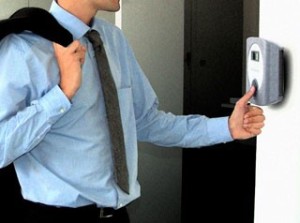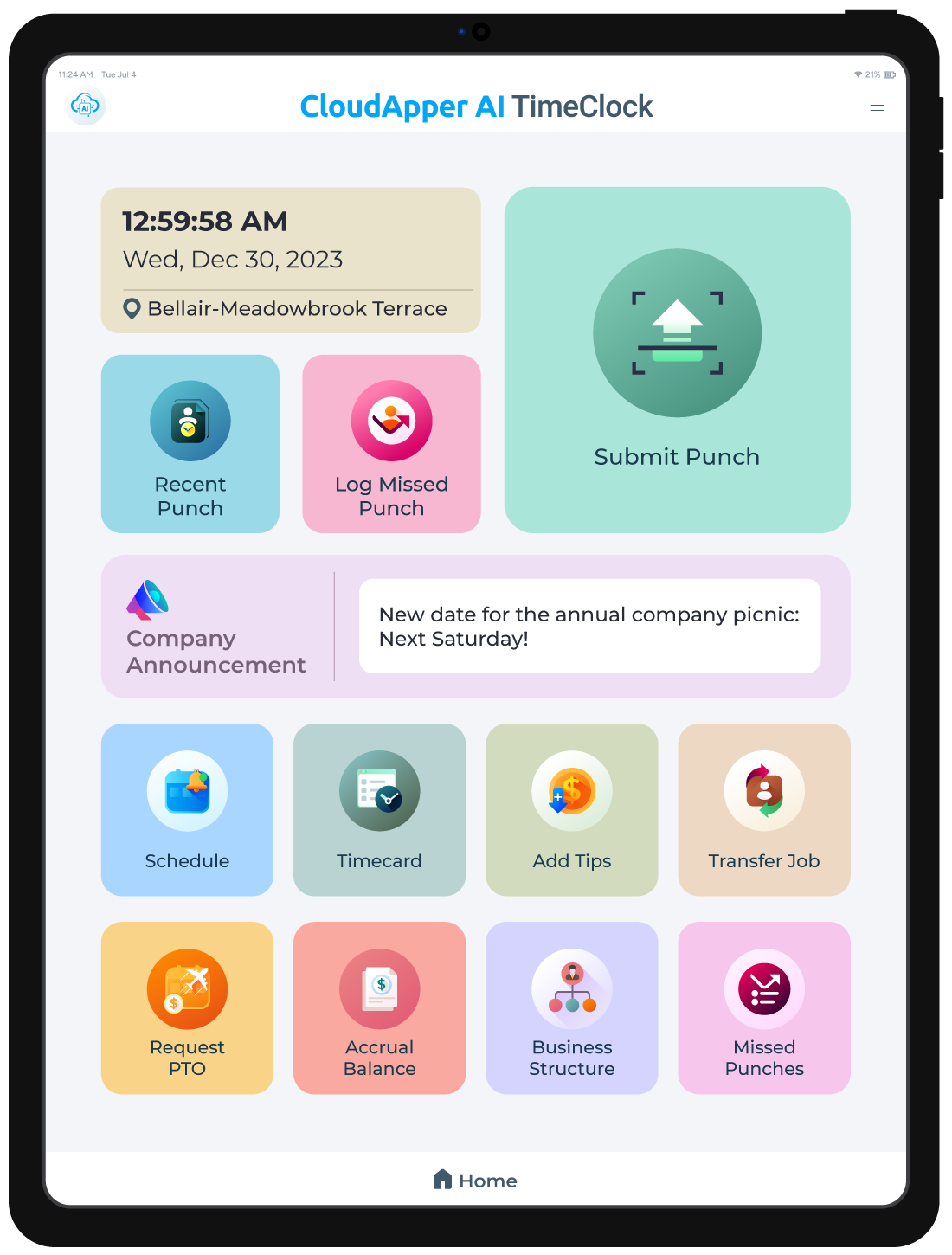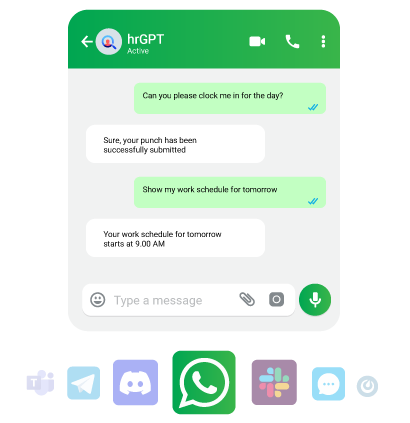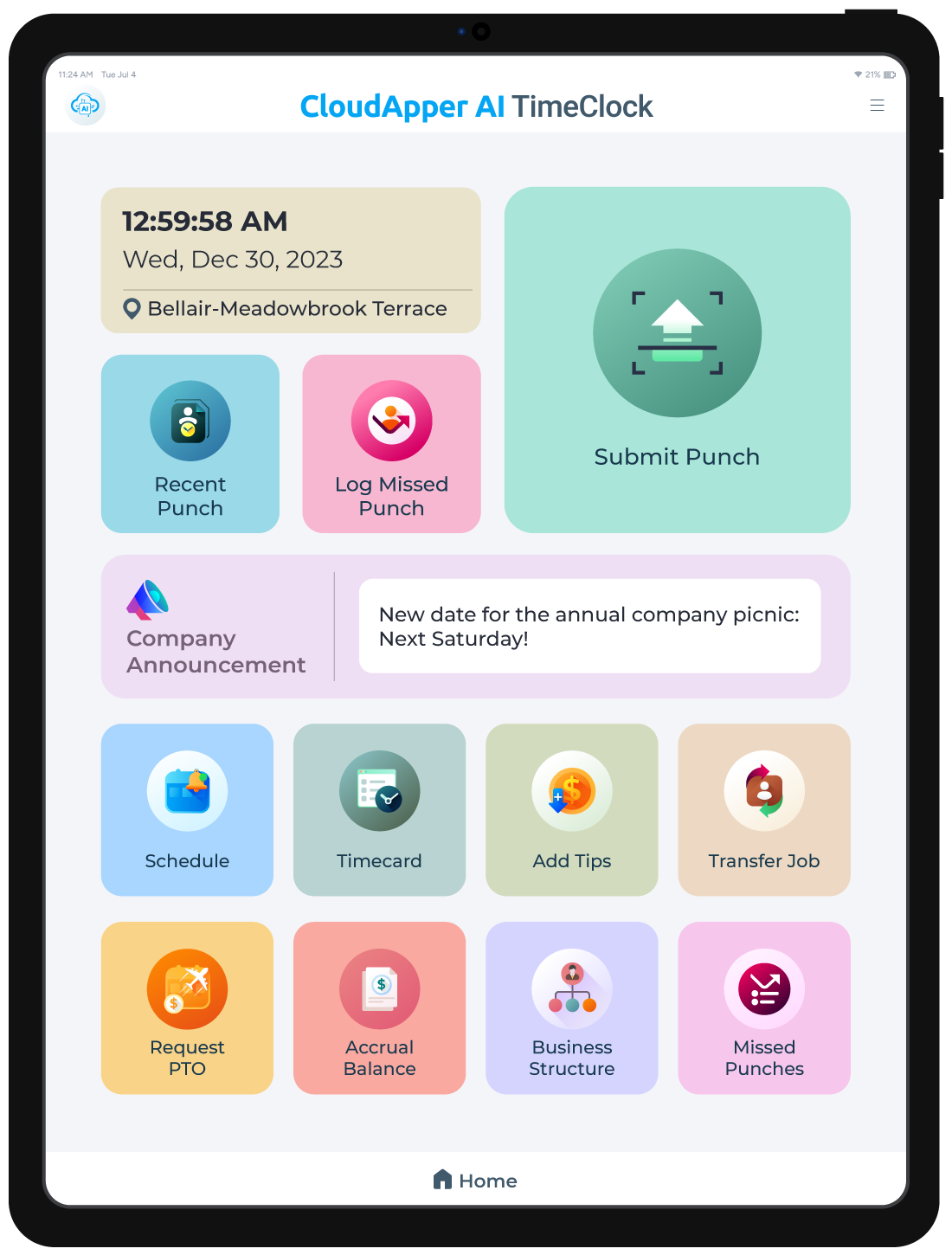Implementing Biometric Time and Attendance Solutions to Increase Employee Productivity

It’s a given that for most businesses, payroll and workforce management eats up as much as 50% of their total budget. The current global economic environment has resulted in cutbacks across every type of industry and to remain viable and maintain productivity, managers are confronted with difficult choices. While many businesses have been forced to cut workforce management costs by resorting to layoffs, others are trying to increase employee productivity and accountability to maximize their return on investment (ROI).
Many companies are adopting biometric time and attendance systems to improve workforce productivity, efficiency, and labor management. Without biometric identification, companies still rely on manual methods of payroll calculation which are not only extremely time consuming, but also come with the risk of errors. In comparison to these manual methods, biometric attendance systems are error free, quick to install, user friendly and highly accurate.
Co's using biometric T&A to improve workforce productivity, efficiency, & labor management. Click To TweetWhat is a biometric time and attendance system?
Time and attendance systems are in place to record when employees start and stop work, in addition to the department where the work is performed. However, for some organizations it is also common to track meals and breaks, the type of work performed, and the number of items produced, when employees are not working as a part of their workforce management strategy (e.g. vacation time, compensation time, FMLA time, and jury duty). These records can be kept manually with pen and paper or they can be automated. Modern day automated time and attendance systems are largely used with biometric technology, where an employee provides their biometric credentials to log in or log out of the system.
Why use biometric time and attendance system?
Unlike other types of time and attendance systems, biometric time and attendance systems are more secure and there is no need to carry around any card or remember any passwords. Biometrics based time and attendance terminals are becoming increasingly popular in today’s market because of their many benefits (and, let’s face it, fingerprint, iris or face scanning equipment is just pretty awesome). Because biometrics terminals read a person’s unique fingerprint, iris, palm vein, or facial shape, they ensure that employees cannot clock in for one another, thereby preventing employee time theft and buddy punching.
How can biometric time and attendance systems increase productivity?
Biometric time and attendance solutions have a direct impact on employee productivity. Let’s take a look at some of them:
Higher Efficiency
When it’s time to run payroll at the end of a pay period, if you’re using a manual process the collection of time cards, reentry of data into your payroll solution, and time necessary to process payroll for the entire organization can be tedious and laborious. It is not uncommon for organizations with a manual timekeeping and payroll process to spend upward of five hours or more running payroll at the end of each pay period.
Even if it’s the responsibility of one person, five hours per pay period adds up to a lot of productivity hours with a direct expense (the person’s hourly pay). The point is, the amount of time it takes to utilize time and attendance data through manually run payroll can be drastically reduced to a matter of minutes with a biometric time and attendance system. Productivity hours saved and the related personnel wages can be reallocated elsewhere once you eliminate some of the manual processes.
Automating the collection of time through data collection devices ensures time records are in an electronic format. This allows the transfer of that data to be automatically sent to your payroll solution for payroll processing.
Increased accuracy
Biometric time and attendance registration and identification reduces or can eliminate the need for any manual reentry of timekeeping data into a payroll system when the two are integrated. The result is accurate payroll processing that can take as little as 20 minutes per pay period.
Reducing the time it takes to run payroll while increasing data accuracy through collection by biometrics can lead to increases in both productivity and cost savings.
Reducing time to run payroll through #biometrics leads to increases in productivity & cost savings. Click To TweetEliminates buddy punching & time theft
With buddy punching, an employee either types a tardy employee’s personal identification number (PIN) or swipes the employee’s badge earlier than they arrive to work or after they leave work. The organizational costs of this kind of time theft can be enormous. According the American Payroll Association, buddy punchers cost U.S. Companies nearly $400 billion a year in losses.
Biometrics makes it almost impossible for employees to defraud a time and attendance system. As biometrics are unique, no one else except you can punch in or punch out which results in timely attendance and billions of dollars of savings for an organization.
Don’t let privacy concerns stop you from adopting biometric time and attendance
Many organizations and employees have misunderstandings about biometric time and attendance system that it will violate their privacy. In reality, biometric time and attendance systems do not store or use any fingerprint image making it nearly impossible for criminals to hack a system and reverse engineer biometric credentials to use them for fraudulent purposes.
Michael Trader, President of M2SYS Technology (a leading biometric research and development firm) explains during an interview, “This is a common concern among employees who fear their data is going to be used against them, but it’s important to note that no image is ever stored.”
Biometric time clocks don’t take actual pictures or fingerprints of employees. They scan the identified features and translate them into a numbered code that corresponds with a specific employee ID. Without an associated picture, the scans can’t be used to track an individual or steal that person’s identity. “It’s just an encrypted binary data stream,” Trader says. In fact, there could be an argument that the use of biometrics actually enhances employee privacy.
The possibilities of using biometrics for employee authentication are endless in workforce management. Workforce Management experts believe that biometric time and attendance is likely to be used more in the future since it virtually eliminates the ability for employees to swap, share, or steal credentials to duplicate biometric characteristics of an employee which prevents the possibility of buddy punching and time theft. Biometrics improves the ease-of-use, efficiency, and accuracy of timekeeping systems while saving payroll costs and increasing productivity.









ow………….sounds interesting……………..want to know more about it, where to get and the procedure of use in details…………….
Very interesting article.
Pingback: Benefits of using biometric time clock with workforce management system
Pingback: Fingerprint time clock to eliminate time and attendance fraud
I wonder if anyone else could have put it better! Absolutely second every word written here. Great job.
Awesome post, thanks for sharing.
Interesting post, thanks for sharing.
Biometrics is the most trustworthy identity management technology because they are human characteristics that are unique and persistent throughout a person’s life. With biometric time and attendance solutions, there is no room for buddy punching.